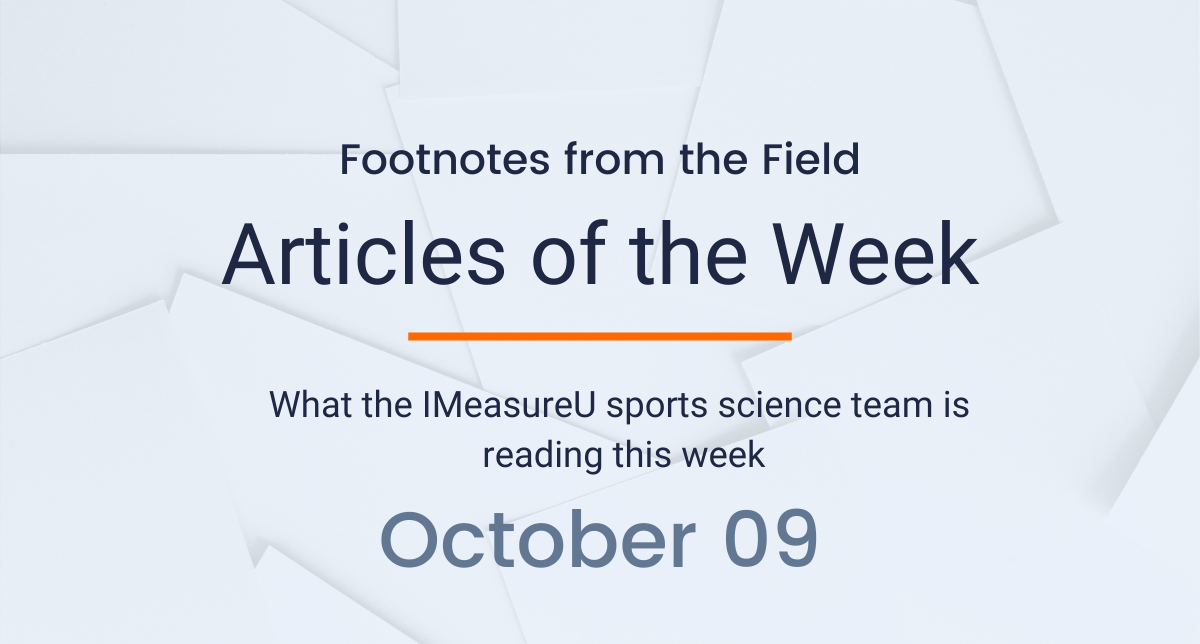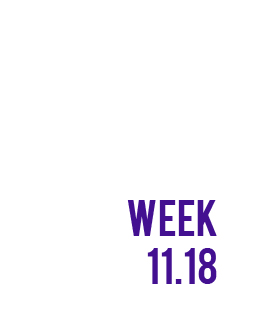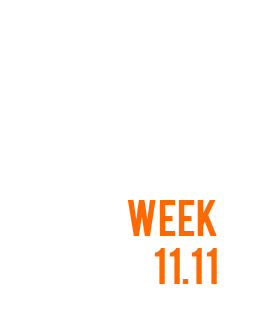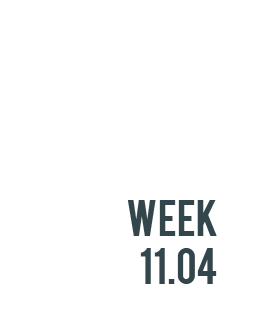
Here’s what the sports science team at IMeasureU is reading this week:
The first item this week is from Luis Suarez-Arrones and colleagues in the PLoS One open access journal. The primary aim of this study was to analyze mechanical responses during inertial knee- and hip-dominant hamstring strengthening exercises (flywheel leg-curl and hip-extension in conic-pulley), and the secondary aim was to measure and compare regional muscle use using functional magnetic resonance imaging. Eccentric overload was only observed in peak power during the conic-pulley hip-extension exercise. Flywheel leg-curl involved a greater overall use of the 4 muscle bellies, more specifically in the semitendinosus and biceps femoris short head (BFs), with a selective augmented activity (compared with the conic-pulley) in the 3 regions of the BFs, while conic-pulley hip-extension exercise selectively targeted the proximal and medial regions of the biceps femoris long head.
The second article in this week’s list comes from Hendrickus Aben and colleagues in the Journal of Strength and Conditioning Research. As no clear consensus exists regarding the magnitude and duration of post-match recovery, this review summarized the literature reporting neuromuscular (countermovement jump, peak power output, and flight time), biochemical (creatine kinase) or endocrine (cortisol and testosterone concentrations), and subjective (wellness questionnaire and muscle soreness) indices after rugby match-play. This review highlights that 72 hours were needed to restore perturbations in neuromuscular, biochemical and endocrine, and subjective/perceptual responses after competitive rugby match-play.
The final article comes from Laura Benson and colleagues in the Journal of Orthopedic and Sport Physical Therapy. This review had three aims; (1) identify the wearable devices and associated metrics used to monitor workload and assess injury risk, (2) describe the situations in which workload was monitored using wearable technology (including sports, purpose of the analysis, location and duration of monitoring, and athlete characteristics), and (3) evaluate the quality of evidence that workload monitoring can inform injury prevention. In conclusion, distance-based metrics derived from global positioning system units were common for monitoring workload and are frequently used to assess injury risk. Workload monitoring studies have focused on specific populations (eg, elite male soccer players in Europe and elite male rugby and Australian football players in Oceania). Different injury definitions and reported workload metrics and poor study quality impeded conclusions regarding the relationship between workload and injury.
For more sports science check out our blog for in-depth case studies and industry updates. Also, be sure to sign up for our newsletter below so you are always up to date with the latest research.




